Philopappos and Nymphon Hills
The Philopappos and Nymphon hills are a green archaeological park opposite the Acropolis, ideal for activities and learning.
Location
Timeline
Modern and Contemporary era (1821 - )
1916 A battle between Allied troops and Reservists was carried out during the national division, known as the "November fighting".
1920 Until the 1920s, cannonades were heard on New Year’s day, on March 25 (anniversary of the Greek Revolution) and the king’s birthday.
1944 In the Greek Civil War’s “Dekemvriana” (December fighting), the British had set up mortars, striking neighbourhoods controlled by ELAS (leftists).
1954 The overall architectural configuration with cobblestone streets, designed by Dimitris Pikionis, was launched. He used parts of ancient pottery and architectural buildings at several points. The project was completed three years later. He also planned the alteration of the Acropolis hill.
Ottoman era (1453- 1821)
1687 From here, Morosini bombarded the Acropolis.
Byzantine era (331 AC- 1453)
Roman era (30 BC- 330 AC)
Hellenistic era (322- 31 BC)
294 BC A small fortress of the Macedonian garrison was built.
Classical era (478-323 BC)
After the decline of the aristocratic districts of Koile and Melitis, these hills were notorious because in their cavernous recesses, girls and boys offered their bodies for a few obols (money).




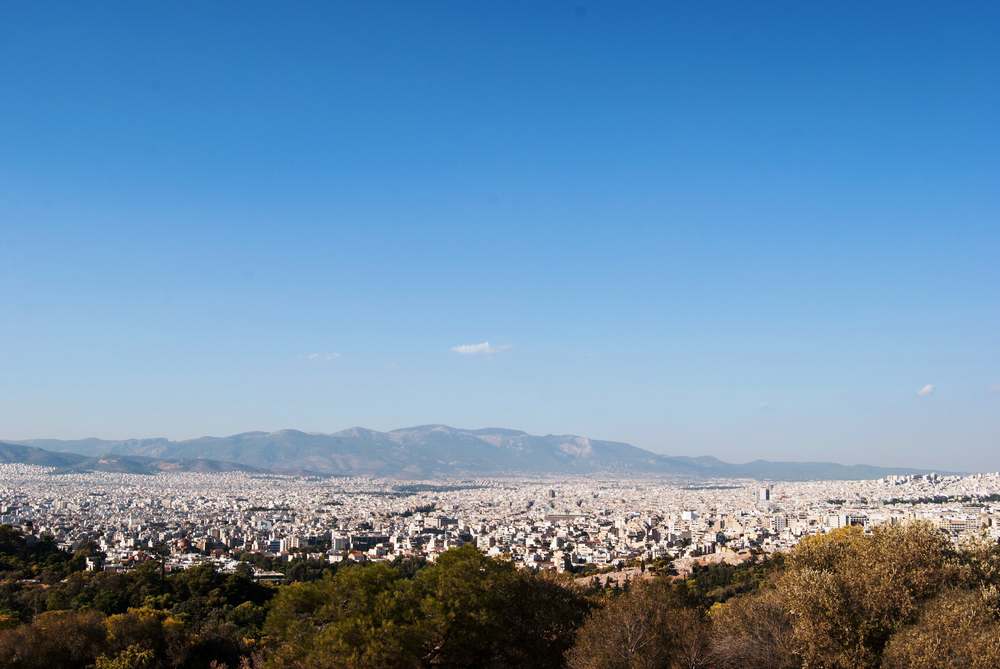
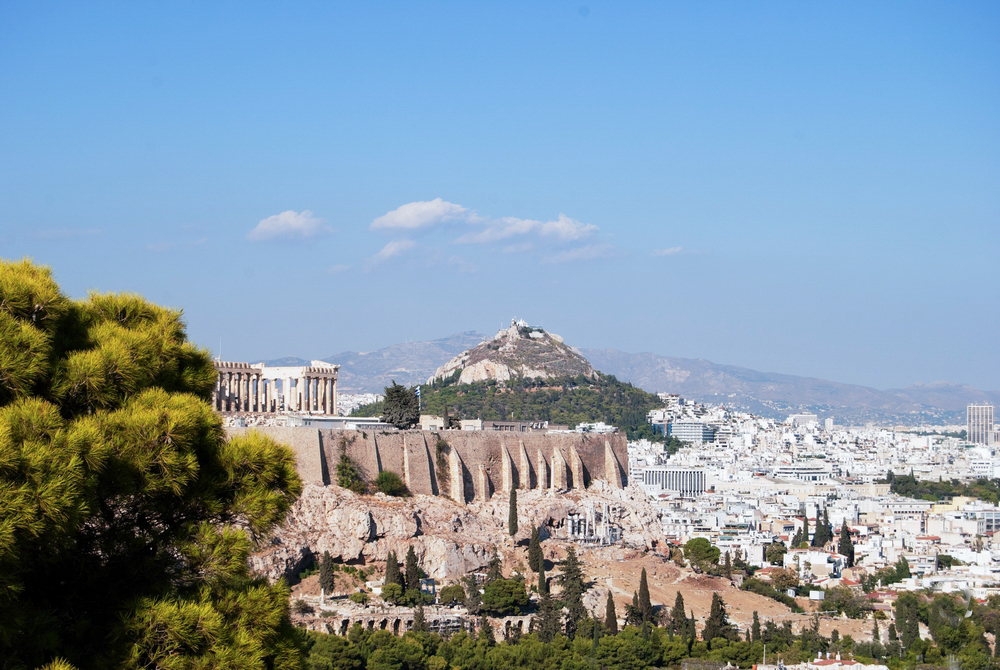


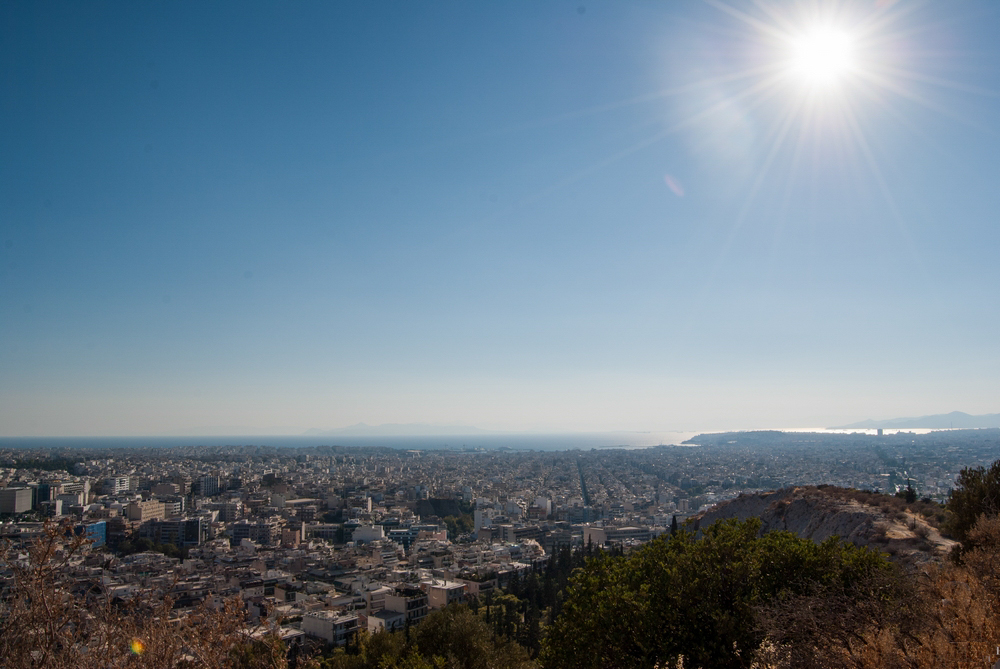







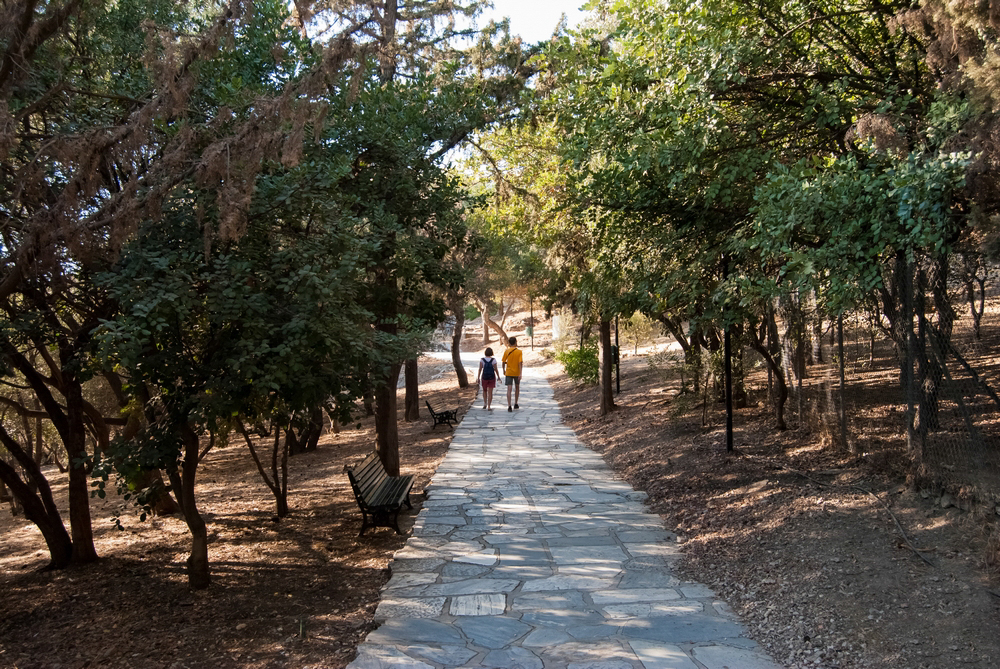

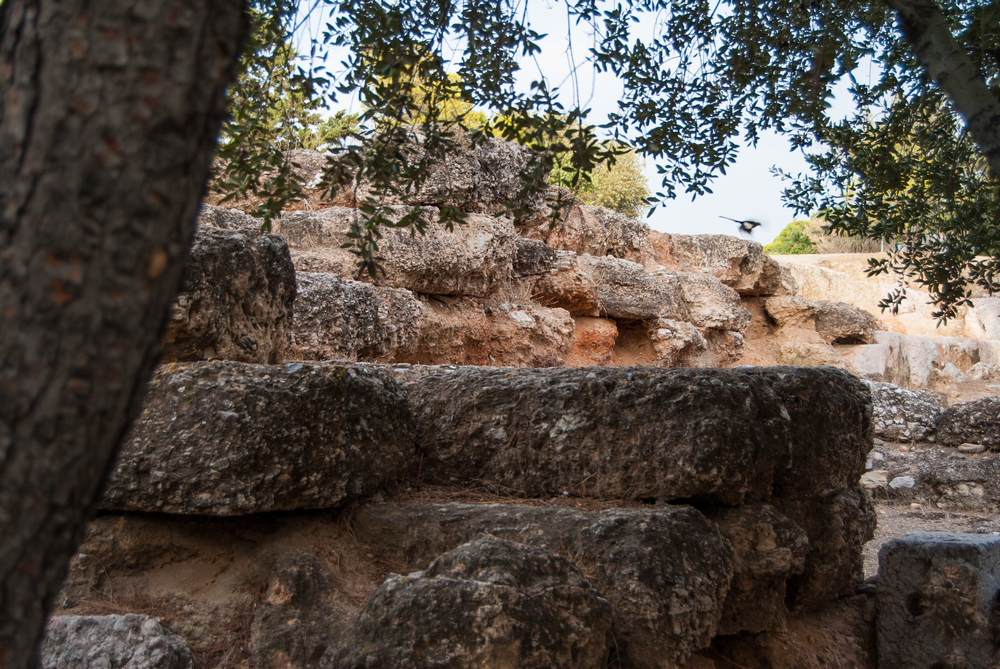



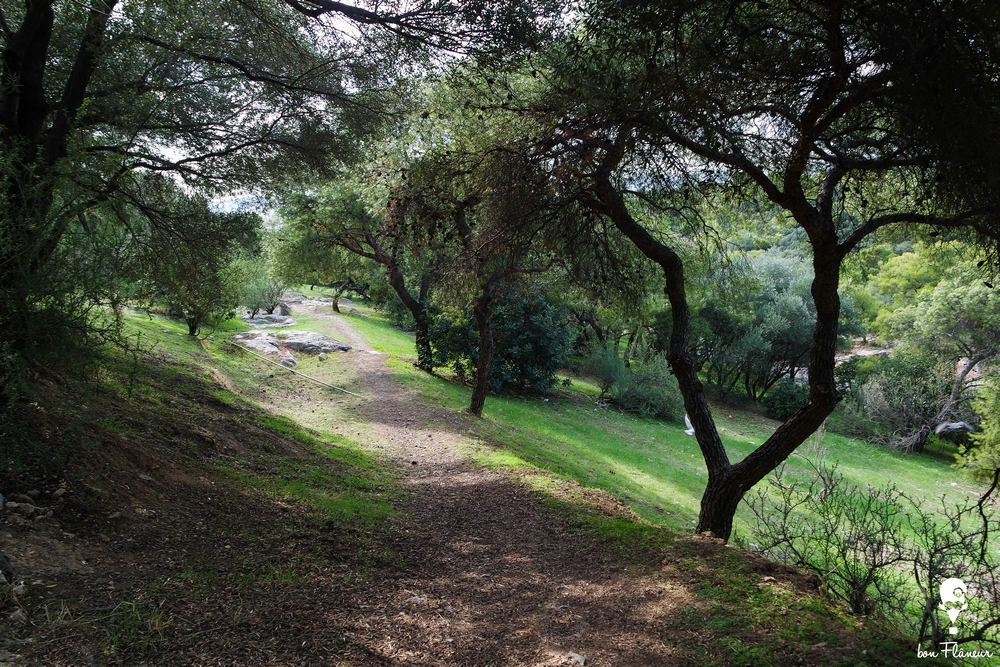
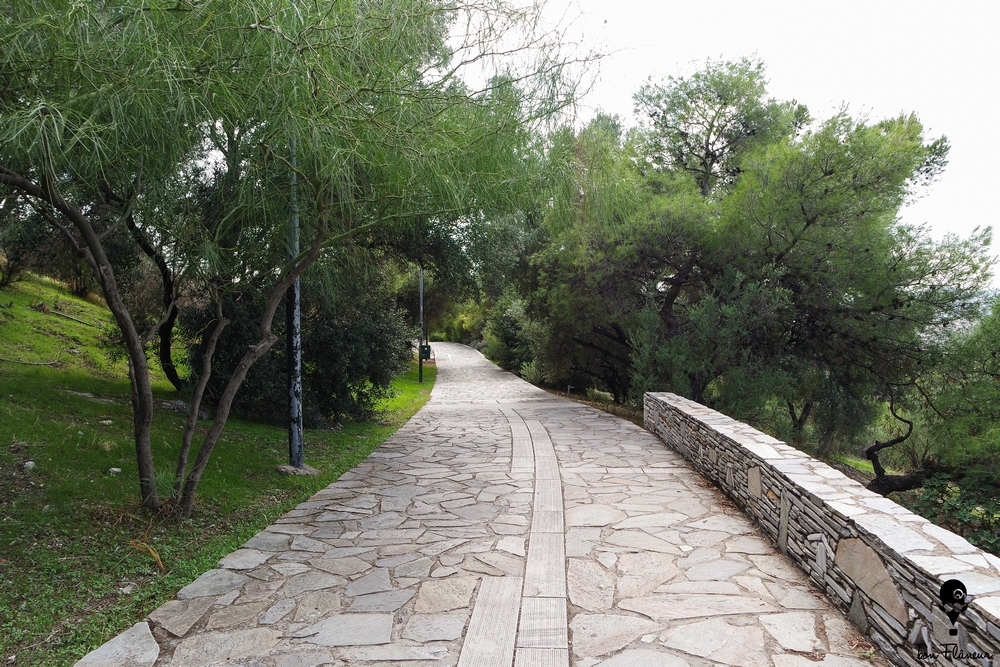
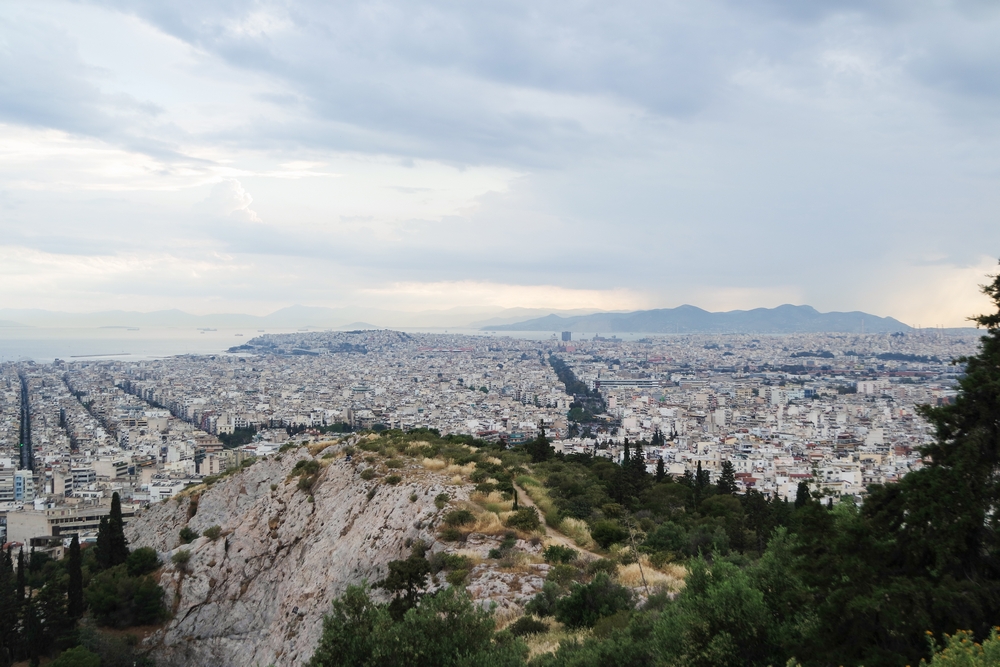


Share